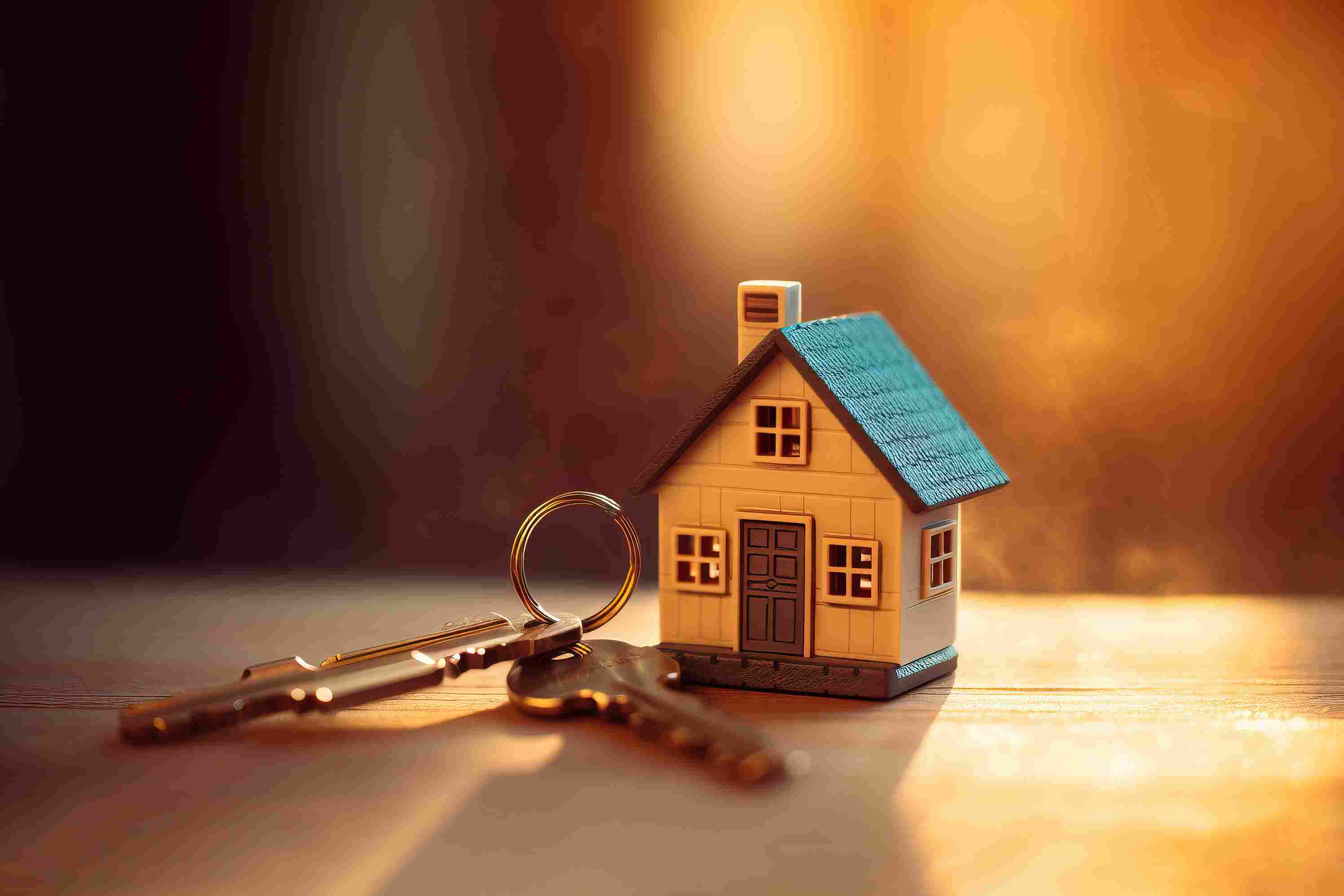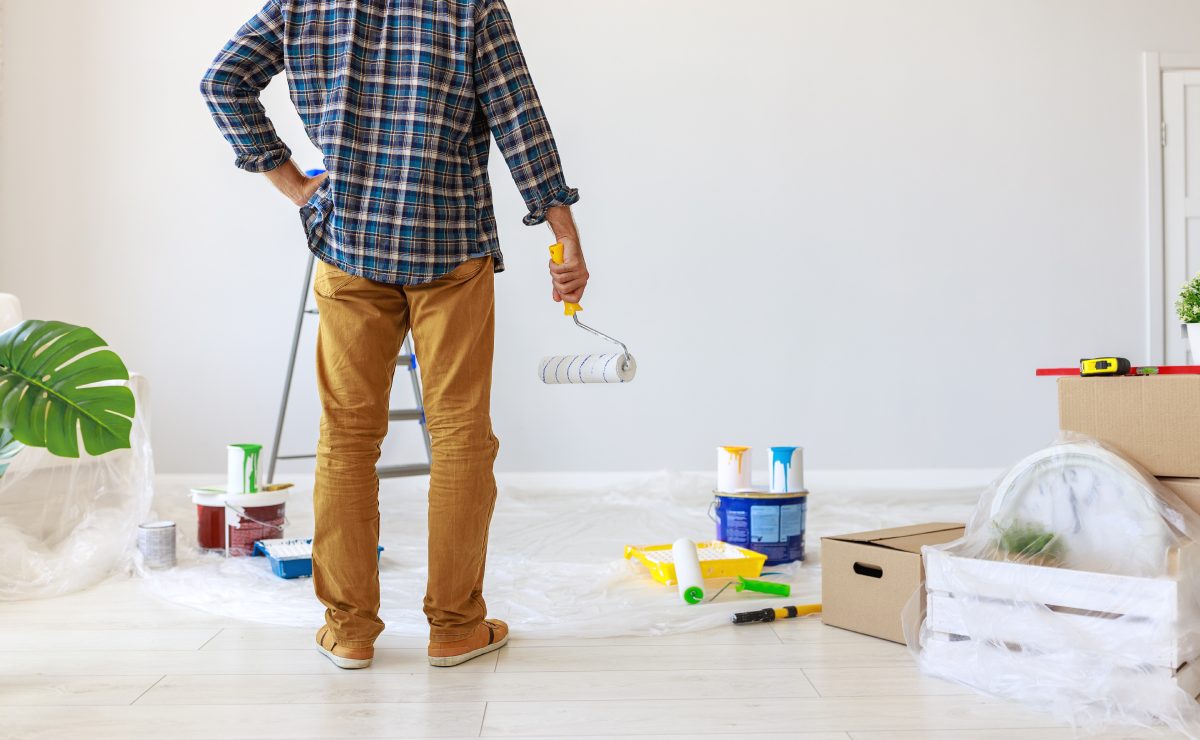
When it comes to residential rental properties, it can be confusing to determine who is responsible for paying for repairs.
As a tenant, you want to ensure that your rental unit’s living conditions are up to a certain standard, but you also want to avoid paying for repairs that are the responsibility of the landlord.
On the other hand, as a landlord, you want to protect your property and avoid costly repairs, but you also want to ensure that you are following the law and respecting your tenants.
This article will explore the repair responsibilities for tenants and landlords and provide a clear understanding of who should pay for fixes in a rental property. By understanding these responsibilities, tenants and landlords can avoid disputes and maintain a positive and cooperative relationship.
Landlord repair responsibilities
First of all, it’s essential to understand that landlords have a legal obligation to maintain their rental properties and complete repairs. Maintaining a rental property means ensuring that it’s in a safe and livable condition and that all systems, such as plumbing and heating, are in working order.
A landlord’s repair responsibilities come from:
- The Lease Agreement
- Local building codes
- State building codes
- State laws
In addition, most states have a version of something referred to as the “implied warranty of habitability.”
What is the implied warranty of habitability?
The implied warranty of habitability is a legal principle that states landlords must provide and ensure livable conditions on their rental properties. However, state statutes differ in the details of this definition.
In some states, tenants have the right to withhold rent or take other legal action if a landlord fails to meet this obligation.
Even if a lease does not explicitly state this warranty in writing, it is implied in the lease terms. This warranty only applies to residential leases, not commercial ones.
What repairs are landlords responsible for?
A Lease Agreement should specify a landlord’s repair responsibilities in detail and mention any unique features that might be applicable to a specific rental property. Unless a lease provision assigning repair responsibilities contradicts the law, a landlord needs to follow their responsibilities as outlined in the lease.
Despite every rental situation being unique, landlords are usually responsible for the following things:
1. Fixing structural damage
A landlord is generally responsible for repairing damage to their rental property’s structural components, such as the foundation, walls, and roof.
Several types of structural damage can occur in a residential rental property, including the following:
- Foundation problems, such as cracks or settling, which can lead to issues with the stability of the structure
- Roof damage, such as leaks or missing shingles, can also cause structural issues and lead to water damage inside the home
- Termite or pest infestations, which can weaken the structure and cause damage to the framing and other wood components of the home
- Damage resulting from natural disasters such as floods, earthquakes, and severe weather
Of course, if a tenant or one of their guests causes structural damage, they should be liable for the repair costs. For example, suppose a tenant removes some shingles resulting in interior water damage. In this case, the landlord could most likely use the tenant’s damage deposit to cover the associated repair costs if the tenant doesn’t remedy the situation independently.
Ideally, tenants should inform their landlords of structural issues as soon as they become aware of them. This way, landlords can prevent further damage. Also, landlords must inspect their rental properties regularly to ensure they are structurally sound.
Landlords need to know that a tenant can’t be expected to pay for repairing structural damage if they didn’t cause it. As the owner, a landlord is responsible for repairing structural damage.
2. Maintaining heating, plumbing, and electrical systems
Landlords are responsible for the costs associated with repairing and maintaining their rental properties' heating, plumbing, and electrical systems. These systems are essential for tenants’ safety and comfort, and landlords must ensure they are always in good working condition.
- Heating system: Landlords must ensure that a rental’s heating system (e.g., furnace, boiler, etc.) is in good working condition and is serviced and inspected regularly. They should also ensure that the vents and ducts are clean and free of obstructions and that the thermostat is working properly.
- Plumbing system: Plumbing includes the pipes, fixtures, and appliances that provide water to the property and remove waste. Landlords must ensure that the plumbing is free of leaks, clogs, and other issues. They should also ensure that the hot water heater and other appliances are in good working condition and that the water pressure is adequate.
- Electrical system: Landlords must pay for the maintenance of the wiring, circuits, and outlets that provide power to their rental properties. They must ensure that the wiring is in good condition and that there are no exposed wires or other hazards.
Landlords must repair these essential systems as soon as they know of any issues. Also, landlords must comply with local building codes and housing regulations regarding plumbing, heating, and electrical systems. Failure to comply with these regulations can result in fines or penalties.
3. Preventing and remedying health hazards
A landlord's responsibility for health hazards in a rental property can vary depending on the specific circumstances. Let’s take a look at two examples: mold and pest infestations.
When mold is present in a rental property, landlords must address the problem immediately and prevent it from spreading. Some states require landlords to comply with regulations regarding mold in rental properties. These regulations and laws may include specific penalties for failing to address mold issues.
However, landlords are not necessarily financially responsible for mold that tenants cause. For example, if a tenant does not correctly ventilate a bathroom and mold develops, they should be responsible for remedying it.
Like mold, the cause of a pest infestation can play a role in determining who is responsible for paying for extermination.
For example, if a bed bug infestation is caused by a landlord's failure to maintain the property, such as failing to address a prior infestation or neglecting to address a known pest problem, then the landlord would typically be responsible for paying for extermination.
However, if the infestation is caused by the tenants, such as by bringing in infested furniture or not properly maintaining the unit, then the tenants would typically be responsible for paying for extermination.
4. Fixing appliances
When a landlord provides appliances in a rental suite, such as a stove, oven, refrigerator, microwave, and dishwasher, it’s normal for these items to require maintenance and repairs from time to time.
If the problem with an appliance is caused by normal wear and tear, such as a refrigerator that stops working after several years of use, the landlord would typically be responsible for repairing or replacing it.
However, if a tenant's misuse or neglect causes a problem, the tenant should typically pay for the repairs or replacement.
What if a landlord refuses to complete a repair?
If a landlord refuses to make necessary repairs in a rental unit, there are several steps that tenants can take to resolve the issue.
Before taking any steps, it is important to communicate clearly with the landlord and provide them with a Repair Notice. If a landlord does not fix the issue, tenants can consider the following options:
- File a complaint with local housing authorities
- Use the “repair and deduct” remedy if available in their state
- Seek legal action through small claims court.
Before taking any of these steps, it is advisable for tenants to consult with an attorney or a local tenant advocacy group to understand their rights and the proper procedures to follow.
In some cases, mediation or a formal complaint process may be available through local housing authorities. Regardless of the route taken, it is crucial for tenants to keep detailed records and documentation of the issue and their efforts to resolve it.
Tenant repair responsibilities
There are some repairs that landlords will always be responsible for—the same goes for tenants. Generally, tenants are expected to fulfill the following obligations:
1. Repairing damage they or their guests cause
Tenants are responsible for keeping their rental property in good condition, which includes repairing any damage they or their guests cause during the tenancy, beyond reasonable wear and tear. This can include damage to the walls, floors, fixtures, etc.
If a tenant causes damage, it is their responsibility to cover the repairs. Ideally, tenants should report the issue to their landlord so the landlord can bring in a professional if necessary.
The tenant should pay the cost of repairing the damage. In some cases, a landlord may choose to deduct the cost of repairs from the tenant's security deposit, but this should only be done following the terms of the Lease Agreement and local laws.
2. Returning a rental unit to its original state
If a tenant has violated their lease agreement and modified something in their rental space, they are obligated to return the rental to its original state.
For example, some tenants may want to paint their space a unique color. Unless their lease agreement explicitly allows it or they gain approval from their landlord, tenants should not paint. If a tenant decides to paint anyways, they are responsible for painting the unit back to its original color upon moving out.
3. Reporting repair or maintenance issues quickly
Tenants need to report repair issues promptly to prevent further damage. When tenants report issues quickly, landlords can address problems before they become more serious and costly to repair.
Prompt reporting also helps maintain a rental unit's overall condition and livability. Additionally, in some cases, state laws may require tenants to report repair issues within a certain timeframe or risk losing their right to have the repairs made.
When in doubt, look to the Lease Agreement
Landlords and tenants must work together to maintain a safe and livable rental unit. When repairs are needed, tenants should promptly notify the landlord and provide documentation of the issue.
On the other hand, landlords should take their responsibilities seriously and promptly make necessary repairs to maintain the property and ensure that their tenants are living in a safe and comfortable environment.
The repair responsibilities for tenants and landlords can vary depending on state and local laws and the terms of the Residential Lease Agreement. Therefore, it’s essential that both parties look to the lease and their jurisdiction’s laws for guidance.
By understanding their respective responsibilities, tenants and landlords can avoid disputes and maintain a positive relationship.





